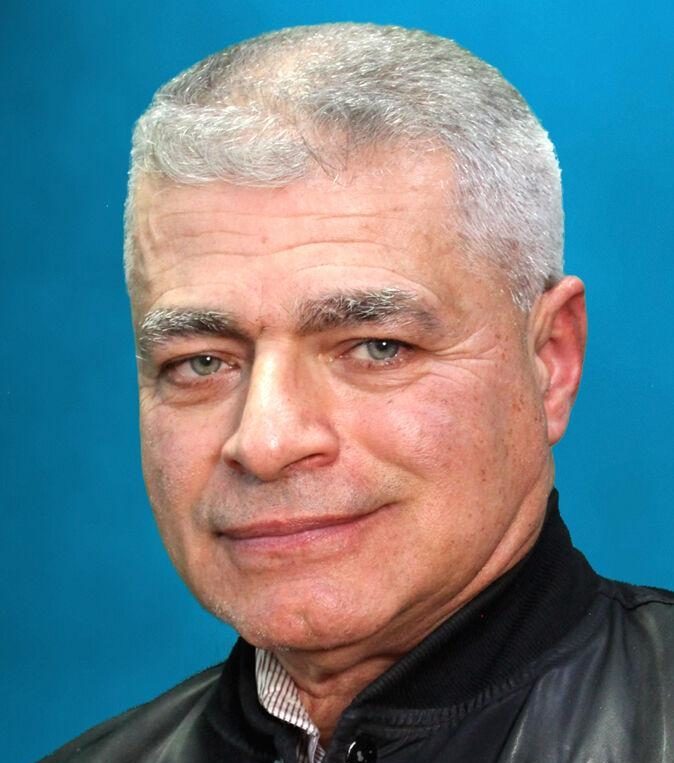CTE Shop Class: Now It’s High-Tech
Schools redefining the mission
By Mike Porcelli

Student success is the mission
Now that we have resolved to make it our mission to end the catastrophe in American education, by ensuring that schools teach: The Skills They Aren’t Teaching but Must, how can we best accomplish this goal? I suggest we begin by redefining the mission of our schools.
The purpose of education must be to prepare students for both successful personal and professional lives, by providing them every possible opportunity to develop their natural talents and abilities to their highest potential, not the production of “graduates,” with no real life or career skills, as has been the case recently.
This process must begin in grade school, by designing practices that allow young students to demonstrate their interests and learning styles.
Everyone who has ever observed toddlers at play, sees how they exhibit what they are interested in, what gets them excited and how they like to explore their world.
In their first school experiences, kids must be allowed the freedom to show how they like to learn and what they want to be taught. Schools must study these indicators and tailor education programs that match each student’s unique characteristics. This is where students can be identified as academic or CTE candidates – or both.
Early in life, children exhibit what sports and hobbies they like to participate in. Schools have always been very good at identifying the physical and other attributes that suggest what sports students are best equipped for. That’s why there are no 300-pound linebackers on the gymnastics team, and why tall students do well in basketball. Schools must use that same logic in guiding students into their best areas of study.
Middle school is the place where students should have the opportunity to expand their areas of interest and explore all possible career fields that might be appropriate for them. Only then can they have the information needed to understand if their natural talents match the requirements of those professions and begin to select the high school program that’s best for them, just as they chose their ideal sports teams.
As I have reiterated many times, high schools must provide both academic and vocational training programs that develop each student’s individual abilities, with the goal of maximizing their personal potential. High schools must abandon their objective of pushing every student they can into the college-debt-trap, which causes half of them to drop out. School “productivity” has been measured by how many students register for college, not how many of them get degrees. This has to end now.
Every school must offer each student the educational experience that best prepares them for future success in higher education, careers and life. Their mission must be to maximize each student’s potential for success in every path they take after high school. The school’s success should be judged on their effectiveness in meeting this goal, not by how many college-bound graduates they produce.
Let’s value quality over quantity and effectiveness rather than productivity.
Judge schools’ success by that standard.

Academic & Trade Education are Two Sides of a Coin. This column explores the impact of CTE programs on students, society, and the economy.
Mike Porcelli: life-long mechanic, adjunct professor, and host of Autolab Radio, is committed to restoring trade education in schools before it’s too late. https://www.linkedin.com/in/mike-porcelli-master-mechanic-allasecerts/




